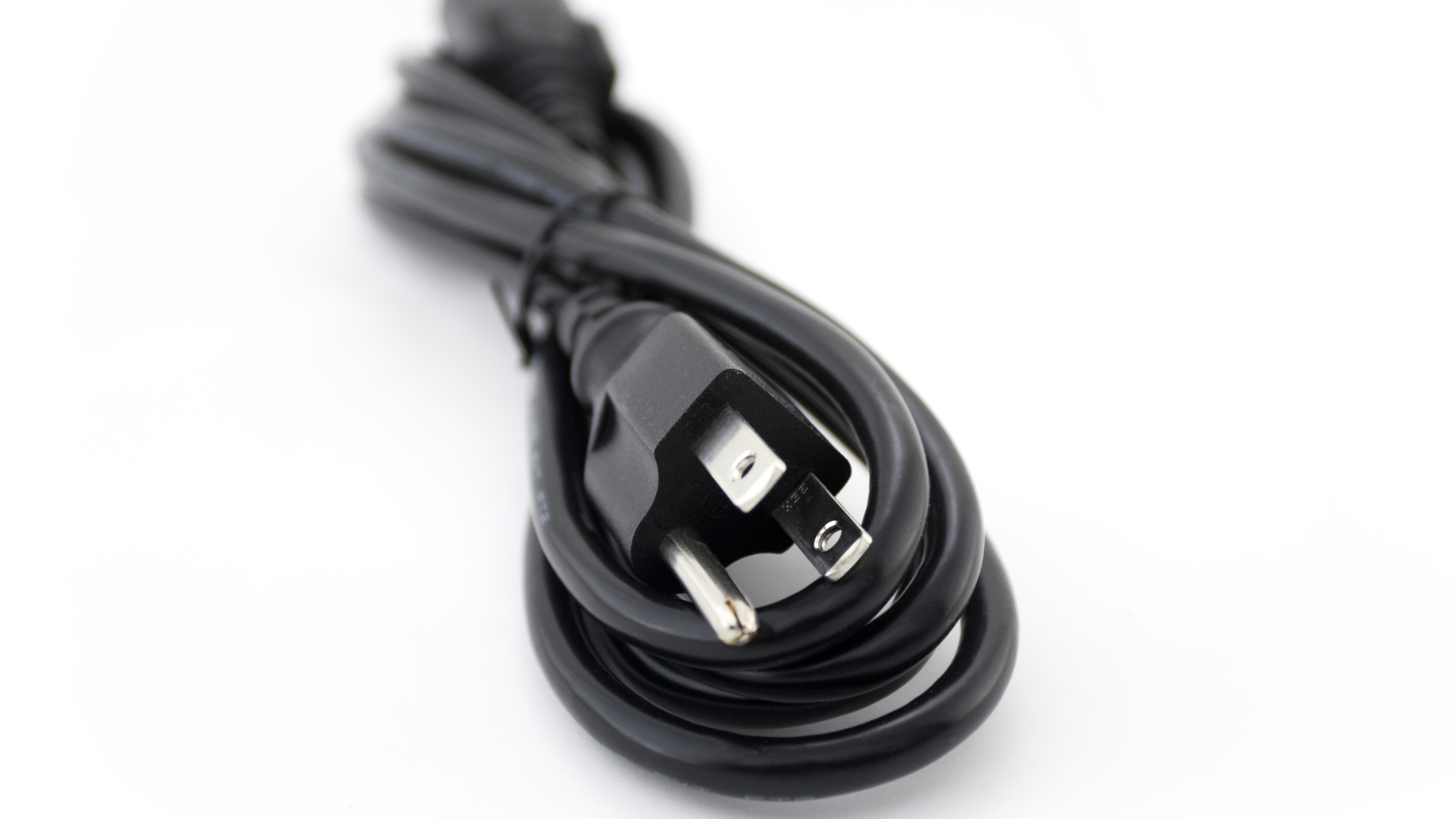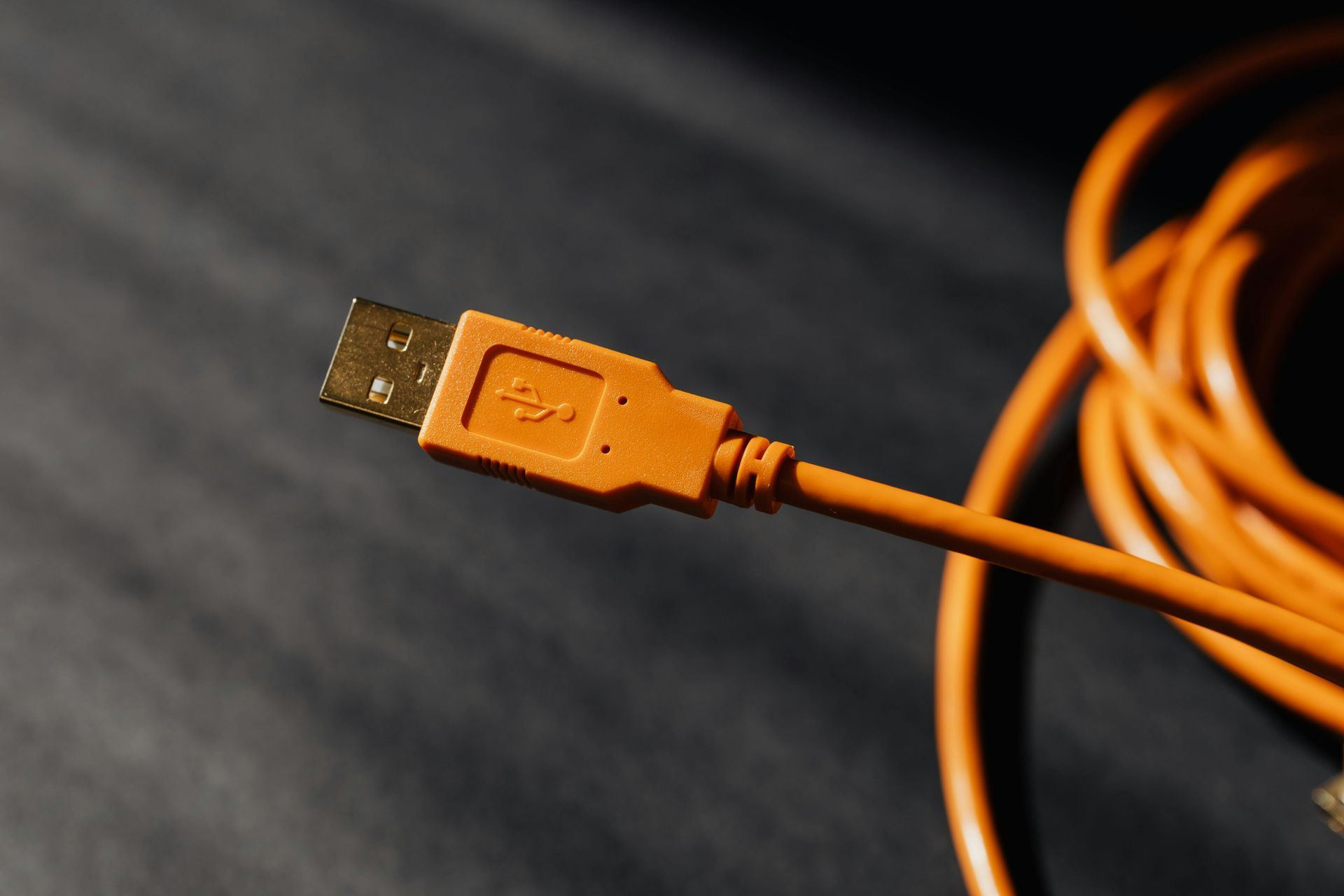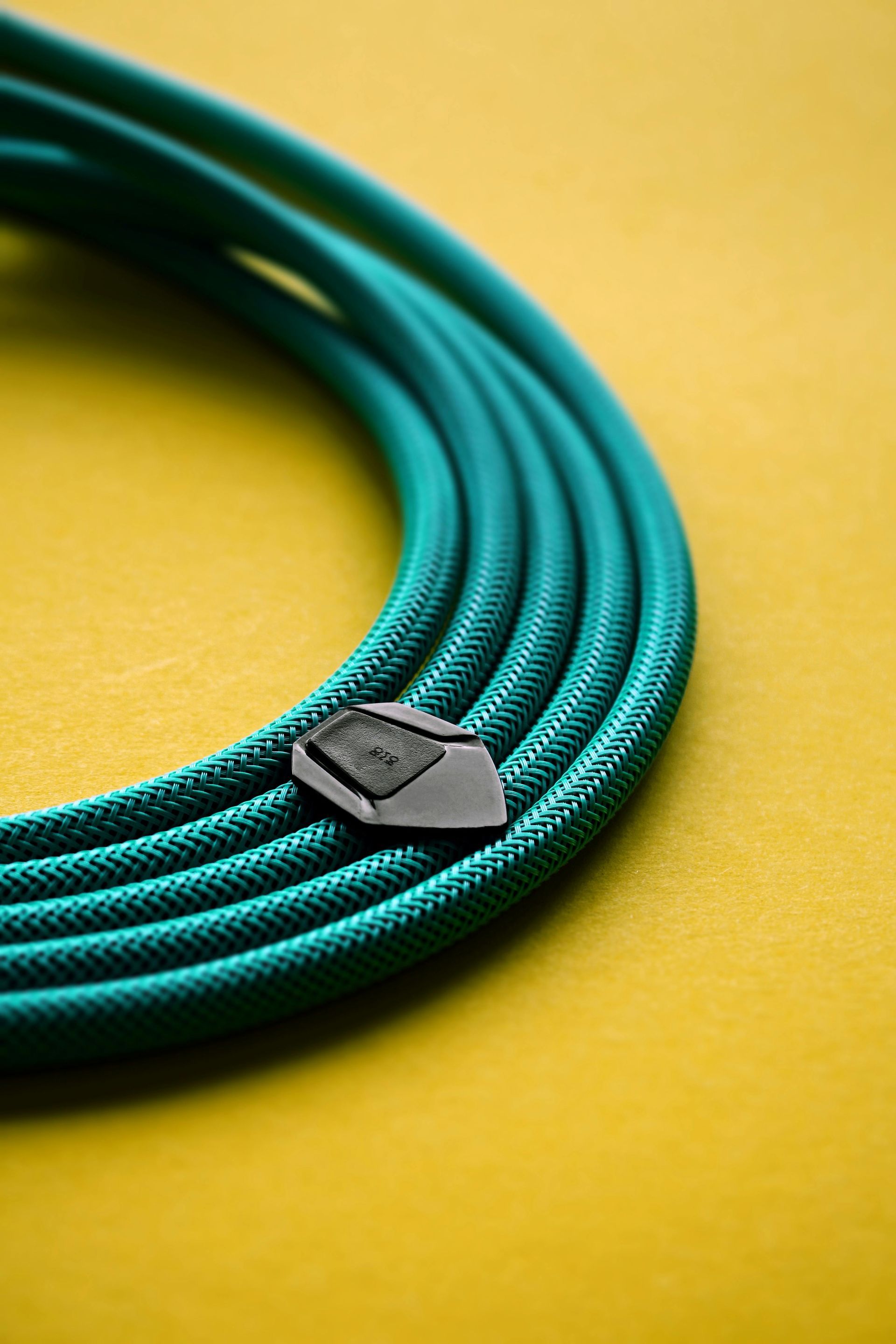How Poor Cable Management Can Cost You More Than Just Time
A tangled web of cables might seem like a minor annoyance, but its repercussions extend far beyond mere inconvenience. Poor cable management can lead to hidden costs—ranging from decreased productivity and safety hazards to equipment damage, energy inefficiency, and reputational harm. In this in-depth guide, we’ll explore the multifaceted consequences of neglecting cable organization, share real-world examples, and offer actionable steps to mitigate these risks. Along the way, we’ll highlight how tools like the Gripper Cord Connector streamline management, protect your assets, and ultimately save you money. If you’re ready to transform cable chaos into a strategic advantage, read on.

Productivity Pitfalls: When Cables Drain More Than Time
Cluttered cables fragment attention and slow everyday tasks. Studies indicate that a messy desk increases stress for about 31% of people and that nearly half feel less motivated in cluttered environments. Searching for the right cable or untangling a mess can consume critical minutes—minutes that add up over days and weeks, impacting billable hours or project deadlines. In corporate settings, tangled cables around workstations or conference rooms can delay meetings, frustrate staff, and reduce overall efficiency. By implementing organized systems, such as bundling with Gripper Cord Connectors and routing through under-desk trays, you reclaim those lost minutes and foster a focused workflow. For beginner-friendly strategies, see our Cord Management 101: Tips for Keeping Your Cables Neat and Tidy.
Safety Hazards: Tangled Cords and Liability Exposure
Loose or tangled cables create trip hazards that can lead to costly injuries. According to the 2021 Liberty Mutual Workplace Safety Index, slips, trips, and falls account for over $19 billion in yearly damages in the U.S. alone. In both homes and offices, a simple trip over an unseen cord can result in medical expenses, workers’ compensation claims, or legal liability. Moreover, damaged insulation from pinched or frayed cables can cause electrical shorts or fires, incurring repair costs and endangering occupants. Using smarter solutions—like routing cables through protective channels and employing Gripper Cord Connectors with fail-safe breakaways—significantly reduces these risks and associated liabilities. Learn more about safety-focused practices in our post on The Hidden Dangers of Poor Cord Management and How to Fix Them.
Equipment Damage: The True Price of Neglected Cables
Cables under constant stress—bent sharply, pinched, or pulled—wear out prematurely, leading to intermittent connections or complete failure. A frayed power cord can damage a device’s internal components, while a faulty data cable might corrupt critical files. OSHA penalties can reach up to $7,000 per serious violation when damaged cables violate safety standards. Replacing expensive equipment or repairing data loss often costs far more than the investment in proper cable management tools. By protecting connectors and maintaining proper bend radii—using solutions like the Gripper Cord Connector—you extend cable and device lifespans, avoiding unexpected repair or replacement expenses. For a deeper dive, check out 5 Common Cord Problems and How The Gripper Cord Connector Solves Them.
Downtime and Operational Delays: Hidden Business Costs
In industrial or IT environments, poorly organized cables can stall critical operations. Tangled wiring complicates troubleshooting: technicians may spend hours tracing connections rather than resolving the root issue. Such downtime can translate into substantial financial losses; one study notes that disorganized cables lead to wasted hours—or even days—of downtime during repairs. In data centers, this can disrupt services; in manufacturing, it can halt production lines. Implementing structured labeling, documented cable maps, and quick-release connectors like the Gripper Cord Connector expedites maintenance and reduces costly outages. For insights on maintaining uptime, see How The Gripper Cord Connector Outperforms Traditional Cord Organizers.
Fire and Electrical Risks: The Stakes of Overlooked Wiring
Exposed or overheated cables pose serious fire hazards. NFPA reports an average of 46,700 home fires annually due to electrical failures or malfunctions. In offices, overloaded or poorly ventilated cable bundles increase resistance and heat accumulation, raising short-circuit risks. Beyond human safety, such incidents can lead to costly property damage and business interruption. Proactive measures—like ensuring proper airflow around cables, avoiding tight bundling, and employing fail-safe connectors—mitigate these dangers. Regular inspections to identify fraying or hotspots further safeguard premises.
Energy Inefficiency and Increased Costs
Disorganized cables can also impact energy consumption. In network racks or entertainment centers, tangled cords obstruct airflow, causing devices to run hotter and draw more power for cooling. Inefficient cabling can lead to increased operational expenses; one analysis notes that poor cabling contributes to higher energy demand in network infrastructure, shortening equipment lifespan and raising utility bills. By routing cables neatly, using breathable cable sleeves, and ensuring uncluttered pathways, you optimize airflow and reduce energy waste. These savings accumulate over time, offsetting the costs of cable management investments.
Reputational Impact: When Clutter Undermines Credibility
In client-facing spaces, visible cable mess projects disorganization. Businesses known for untidy workstations or meeting rooms risk eroding trust: customers may question operational competence or attention to detail. The intangible costs—lost clients or negative word-of-mouth—can be more damaging than direct expenses. Likewise, in modern homes used for remote client calls, a backdrop of tangled cables can detract from professional presentations. Investing in smarter cord management—neatly bundled cables, concealed via trays, and secured with Gripper Cord Connectors—enhances aesthetics and signals professionalism.
Psychological Costs: Stress, Focus, and Well-Being
Cluttered environments contribute to cognitive overload and stress. Research links messy workspaces to elevated cortisol levels and reduced focus, affecting decision-making and creativity. Cables hanging or strewn about can serve as constant visual reminders of disarray, undermining mental clarity. By organizing cables—using simple steps like bundling with Gripper Cord Connectors and labeling wires—you foster a calmer environment that supports concentration and well-being. For guidance on stress-reducing organization, see How Better Cord Management Reduces Stress in Your Daily Life.
Maintenance Overhead: Ongoing Labor Expenses
Neglecting cable organization increases maintenance complexity. Routine tasks—equipment upgrades, reconfigurations, or repairs—take longer when cables are unlabelled or inaccessible. Technicians spend extra hours tracing tangled wiring, inflating labor costs. Establishing organized systems with clear labeling, documented layouts, and reusable connectors like the Gripper Cord Connector streamlines maintenance. Over time, reduced labor hours translate into tangible savings, making proactive cable management a wise operational choice.
Environmental Consequences: E-Waste and Sustainability
Frequent cable replacements contribute to electronic waste, a growing environmental concern. Discarded frayed cables add to landfill burdens and often contain materials that are difficult to recycle. By extending cable lifespan through protective management and using reusable solutions like Gripper Cord Connectors, you minimize waste. Additionally, reducing energy consumption via proper airflow further supports eco-friendly practices. Sustainable cable management aligns with corporate responsibility goals and personal environmental values alike.
Getting Started: Practical Steps to Avoid Hidden Costs
- Conduct a Cable Audit: Inventory all cables, identify damaged or redundant ones, and plan organization priorities.
- Bundle and Label: Group related cables; secure with reusable tools like the Gripper Cord Connector and apply clear labels for quick identification.
- Route and Conceal: Use under-desk trays, raceways, or wall channels to keep cables out of sight and protected from foot traffic.
- Ensure Ventilation: Arrange cables to maintain airflow around devices, reducing overheating risks.
- Regular Inspections: Schedule quarterly checks to spot fraying, adjust bundles, and update documentation.
Implementing these steps prevents the myriad hidden costs associated with poor cable management and lays the foundation for a safer, more efficient environment.
Ready to Protect Your Time, Money, and Peace of Mind?
Poor cable management can cost you far more than minutes—potentially leading to safety incidents, equipment damage, energy waste, and reputational harm. By adopting smarter cord management systems and tools like the Gripper Cord Connector, you safeguard your operations, finances, and well-being. If you have any questions or are ready to get started with a tailored cable management solution, reach out to our team—we’re here to help you avoid hidden costs and achieve lasting organization!
📦 Shop Now: https://www.thegrippercordconnector.com/store
📖
Read more tips on cord management:
https://www.thegrippercordconnector.com/blogs
Invest in The Gripper today and experience the ultimate solution for simplifying your life through superior cable management. Embrace a future where clutter is a thing of the past, and efficiency, safety, and style come together seamlessly.



